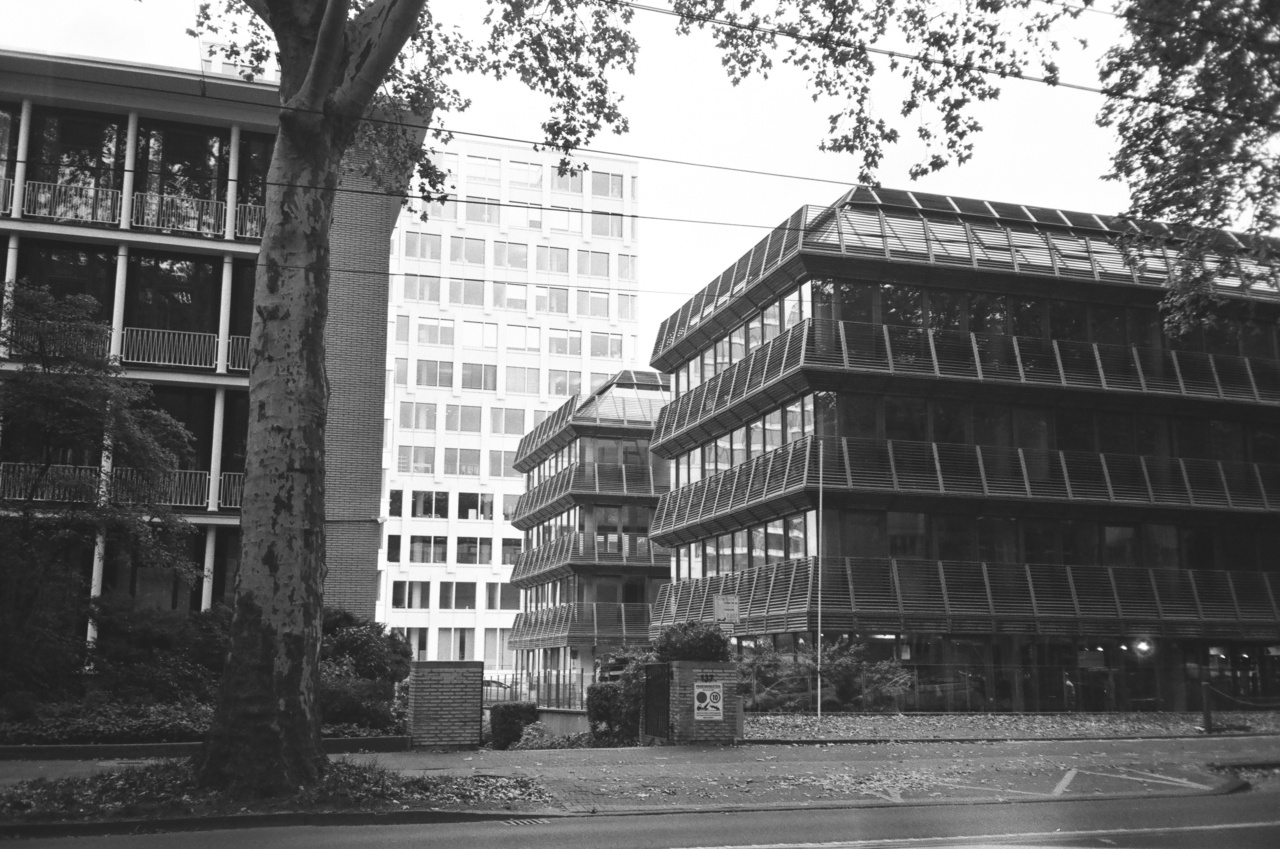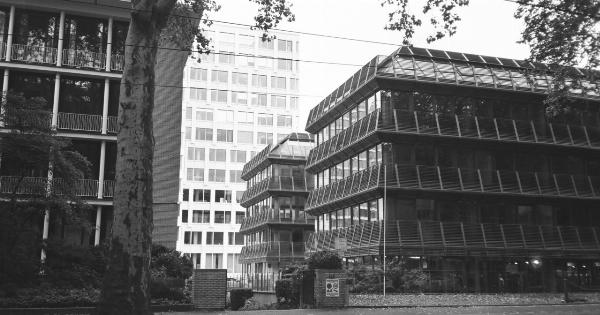For a lot of companies, headquarters represent a crucial part of their identity and success. However, in some cases, industries shift, or companies decide to downsize, and they no longer require such large spaces.
This is when they may consider converting their headquarters into private use. Although the process may seem overwhelming, you can make the transition smoothly by doing your research and following best practices.
What is a Headquarters?
A Headquarters is a central office for any organization, where they keep their main administrative and management staff.
Organizations located in more than one country may also have branch offices, but a headquarters is the main hub where all the primary functions are carried out. This includes activities like marketing, finance, sales, and legal. Headquarters are usually located in large cities or business districts, with extensive transportation links.
Why Convert a Headquarters to Private Use?
There may be various reasons why a company may want to convert its headquarters to private use. The most common reasons include:.
- Cost reduction: Large office spaces usually come with a high rental cost. Even if the company can afford it, they may feel that it’s no longer necessary to keep such a large space.
- Unused space: The organization may be using only a small part of their headquarters, and the rest is going unused.
- Rebranding: The company may want to redefine its identity and rebrand itself, and moving into a new space is the first step in that direction.
- Merger or acquisition: In some cases, when two companies merge or one acquires the other, they may not require such a large space anymore.
Steps to Convert a Headquarters to Private Use
Converting a headquarters to private use may feel like a daunting task, but it can be done in an organized way with a little bit of planning. Here are some steps that can guide you through the process:.
1. Assess the Space
The first step is to assess the space you want to convert. You need to consider the size of the space, the location, and the surrounding neighborhood.
If you’re downsizing, make sure the new space has everything you need and is adequate for your future needs. If you’re moving to a new city, ensure that the location is convenient for your employees and business operations.
2. Plan the Move
The next step is to plan the move. This involves creating a timeline for the entire process. You need to consider the time required for moving equipment, furniture, and employees.
Also, coordinate with the building management, and ensure that you follow all the guidelines and regulations for moving out of the current location.
3. Prepare the New Space
Before you move into the new space, you need to prepare it for your use. This may include changing the layout, remodeling, or renovating the space to fit your specific needs and requirements.
You may also need to install new equipment, furniture, and other fixtures to set up your new office.
4. Notify Stakeholders
It’s important to notify all your stakeholders of the move. This includes employees, clients, suppliers, and partners. Make sure you communicate the new address, phone numbers, and other relevant information.
Also, update your marketing materials and website to reflect the new location and contact information.
5. Manage the Move
The final step is to manage the actual move.
This involves coordinating with the moving company, ensuring that all equipment and furniture arrive safely at the new location, setting up the new space, and ensuring that everything is up and running before resuming operations.
The Benefits of Converting a Headquarters to Private Use
Converting a headquarters to private use can have many benefits, including:.
- Cost savings: Downsizing or moving into a smaller space can save a lot of money for the company.
- Improved efficiency: A smaller space may also improve communication and collaboration among employees, leading to increased productivity and efficiency.
- Enhanced brand identity: Moving into a new space can also be an opportunity to redefine the company’s brand identity and create a fresh start.
Potential Challenges
Although there are benefits, converting a headquarters to private use can also present some challenges. Some of these challenges include:.
- Morale: Moving into a new space can be stressful for employees, and it’s important to communicate the reasons and benefits of the move.
- Culture: With a new space comes a new culture, and some employees may take time to adjust to the new environment.
- Equipment compatibility: Moving into a new space may mean that some of the existing equipment may not be compatible or in need of replacement.
Conclusion
Converting a headquarters to private use can be a challenging but rewarding process for any organization. By planning and executing the move carefully, you can achieve cost savings, improved efficiency, and a renewed brand identity.
However, it’s important to consider the potential challenges and ensure that the move is communicated effectively to all stakeholders.






























